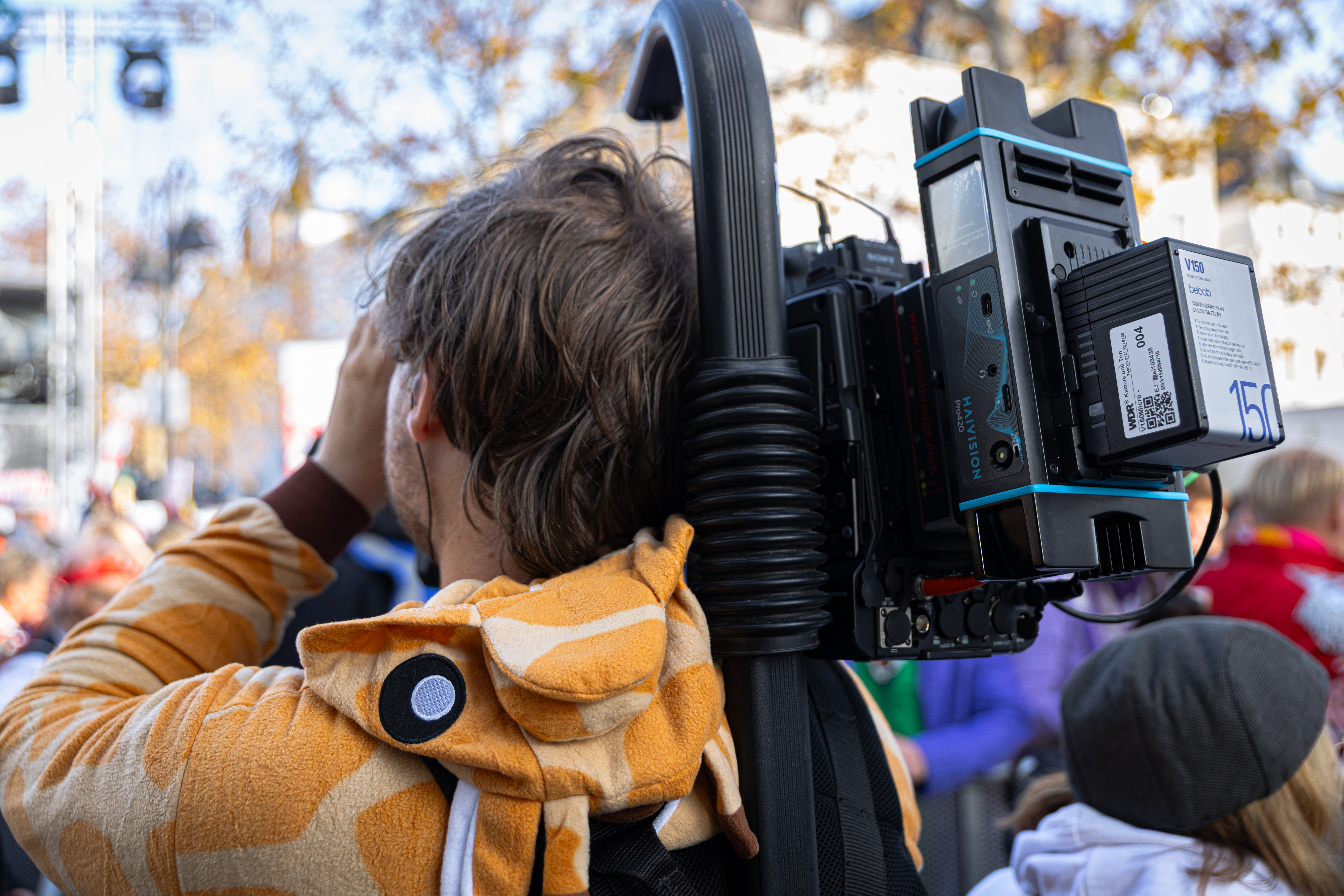Gain Control
The gain-boost switch is one of the most frequently used controls on a video camera. It permits the recording of images in under-lit locations when the videographer doesn't have either enough time or grip equipment to bring sufficient illumination to the scene. Since every incremental boost from the gain control brings with it an increase in noise--image degradation most visible in the black and near-black portions of the scene--it is important to switch on only as much gain as needed to "make level."
The best way to tell--in the field and without a scope--how much gain is needed is to put the lens on automatic and carefully note how much the f/stop changes as you switch in successive steps of gain. Switching on 6db of gain is the equivalent of opening the iris one f/stop. 9db equals one and one-half stops.
If you switch in 6db of gain and the iris stays wide open, you can be certain that you haven't gone too far in the boost department. If you add another 6db by switching to +12 and the iris closes down nearly a full stop, the camera is telling you that the scene was only marginally underexposed at +6. The savvy videographer now has enough information to decide to shoot at +6 and be only a little dark instead of working at +12 and accepting the corresponding increase in noise.
If your camera's gain-boost switch is set to increase in 9db increments, the corresponding exposure adjustment is one and one-half stops.
The professional video industry's #1 source for news, trends and product and tech information. Sign up below.
